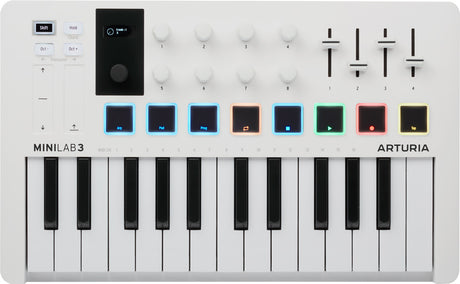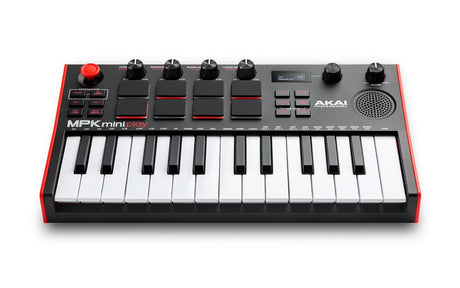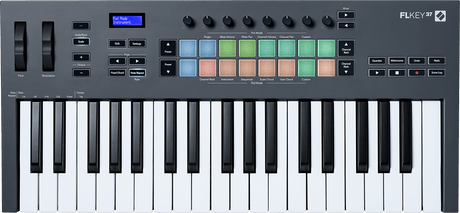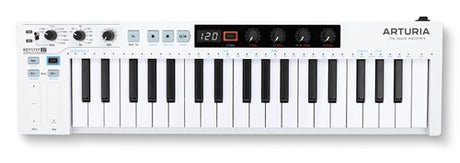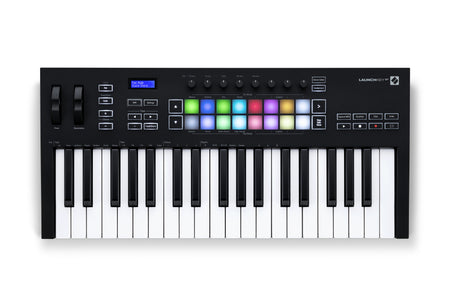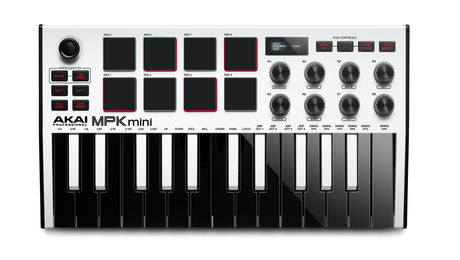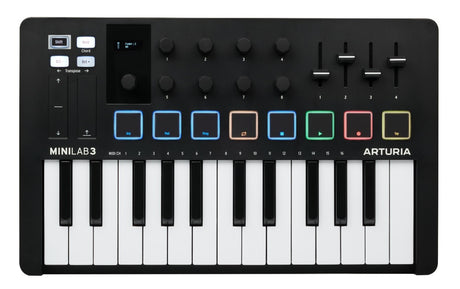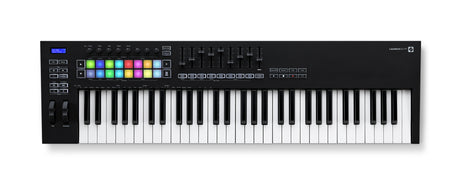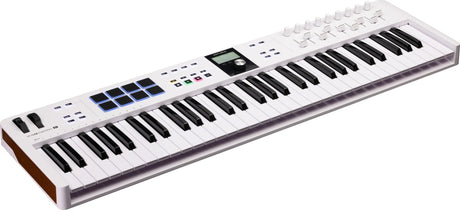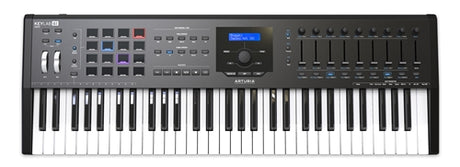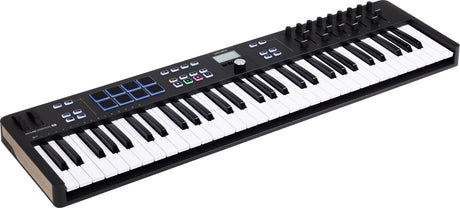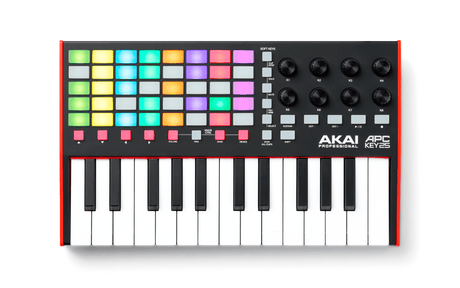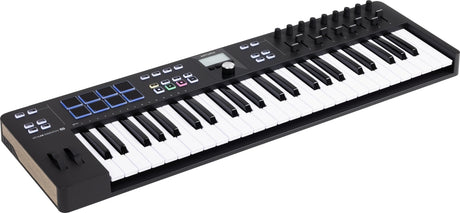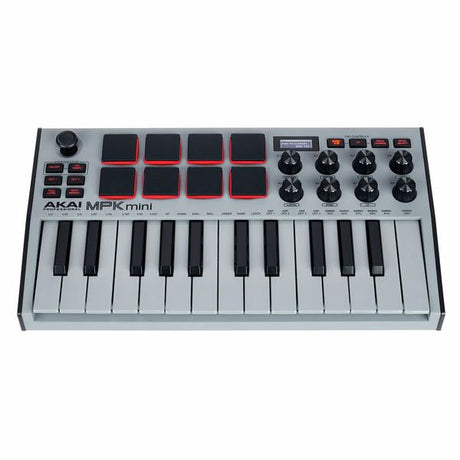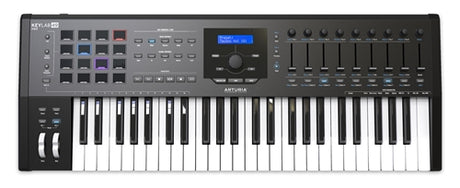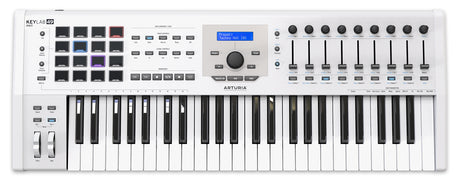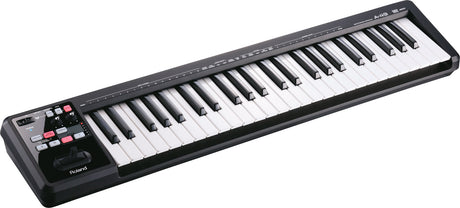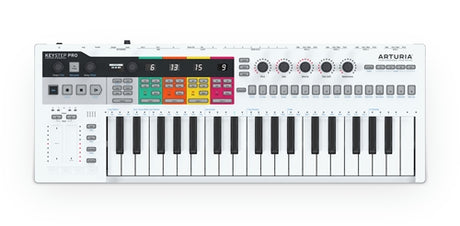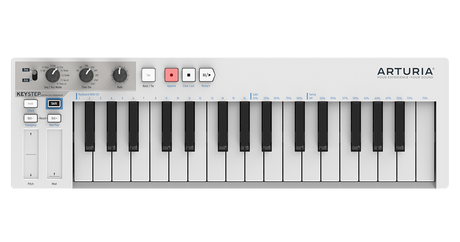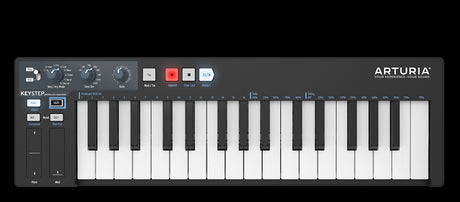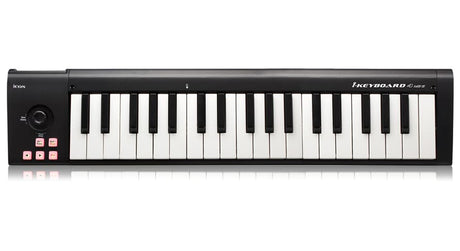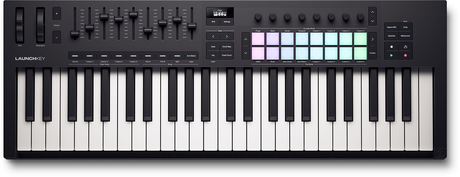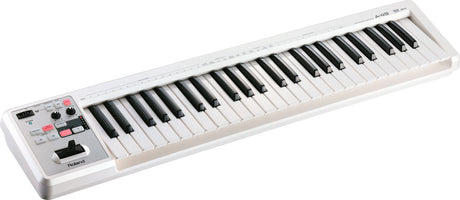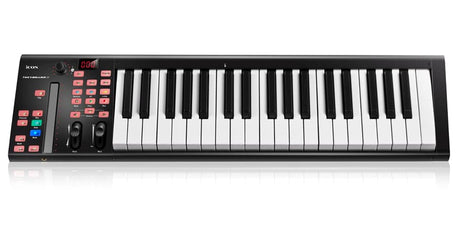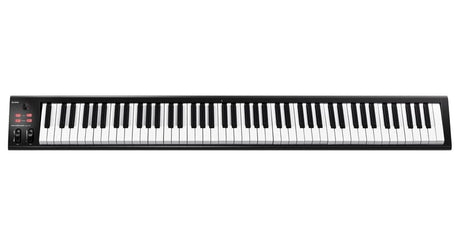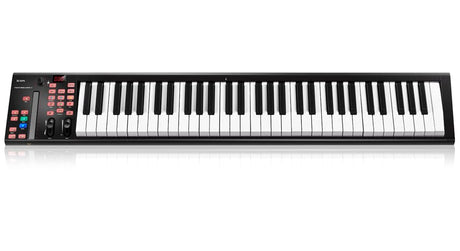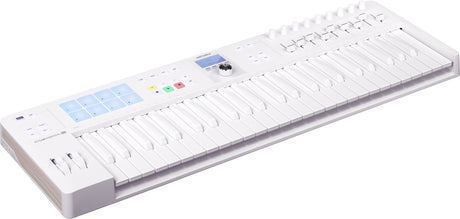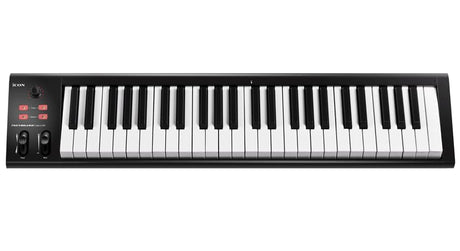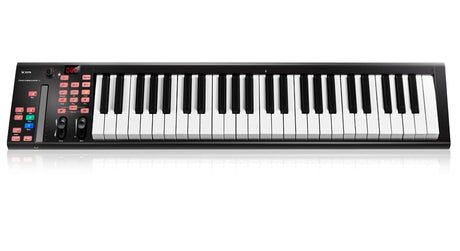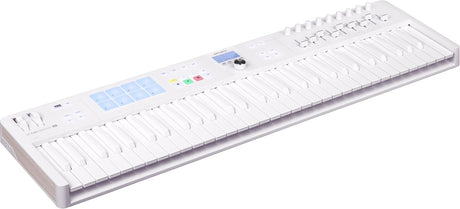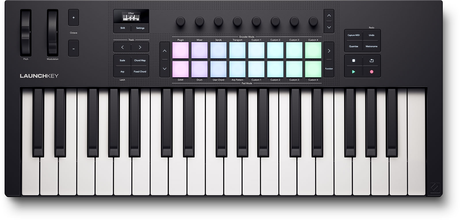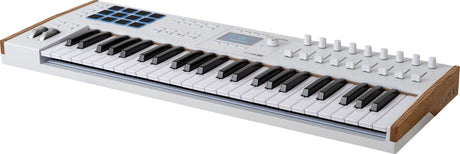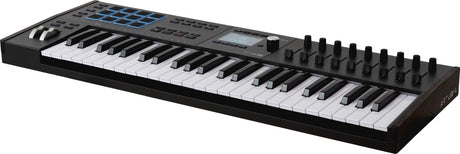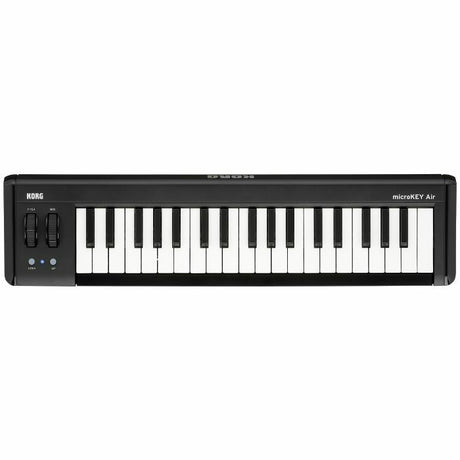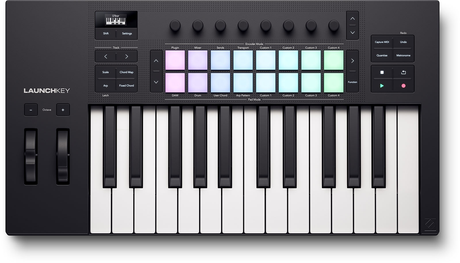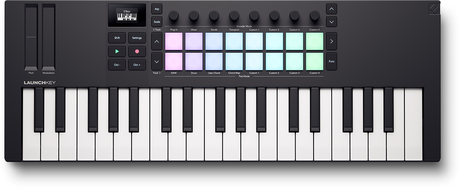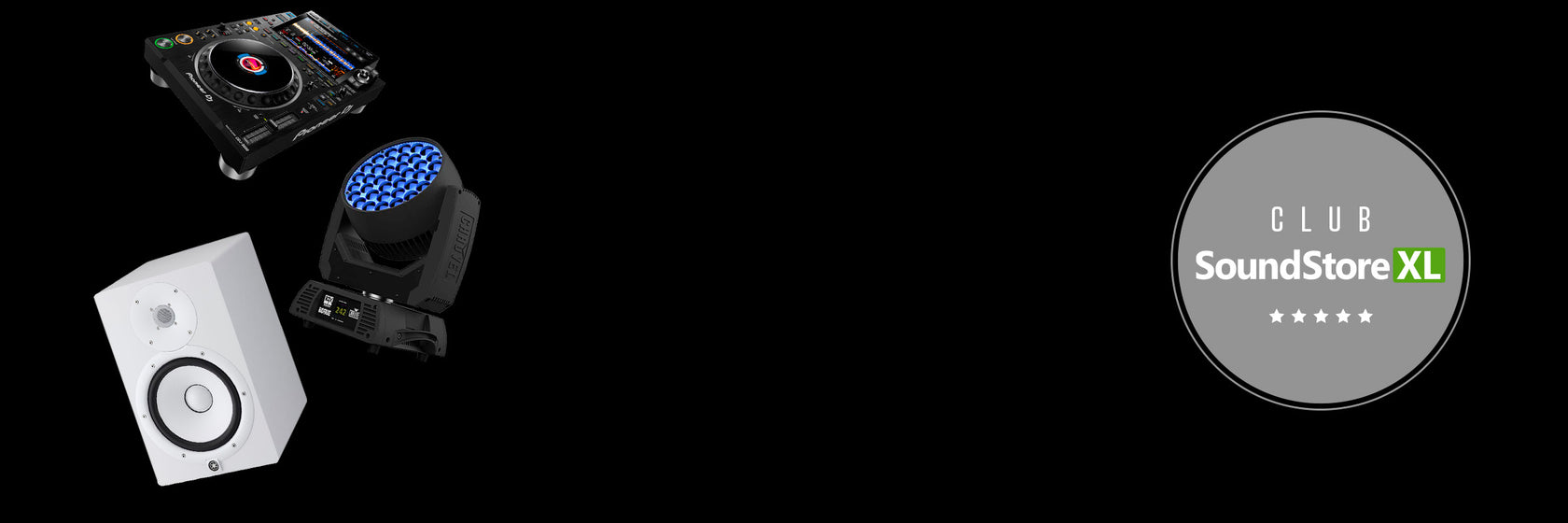Novation
Novation FL Key 37 MIDI-Keyboard
Meget få på lager (1 vare)1.525 kr.Stk. pris /Ikke tilgængeligArturia
Arturia Keystep 37 MIDI-Keyboard
Meget få på lager (1 vare)1.625 kr.Stk. pris /Ikke tilgængeligNovation
Novation Launchkey 37 MK3 MIDI-Keyboard
Meget få på lager (1 vare)1.357 kr.Stk. pris /Ikke tilgængeligNovation
Novation FL Key Mini MIDI-Keyboard
Bestilt hos leverandør799 kr.Stk. pris /Ikke tilgængeligArturia
Arturia MiniLab 3 MIDI-Keyboard (Sort)
Få på lager (9 varer)795 kr.Stk. pris /Ikke tilgængeligNovation
Novation Launchkey 61 MK3 MIDI-Keyboard
Meget få på lager (1 vare)2.083 kr.Stk. pris /Ikke tilgængeligArturia
Arturia KeyLab Essential MK3-61 MIDI-Keyboard (Hvid)
Meget få på lager (1 vare)1.779 kr.Stk. pris /Ikke tilgængeligArturia
Arturia KeyLab Essential MK3-49 MIDI-Keyboard (Hvid)
Meget få på lager (1 vare)1.469 kr.Stk. pris /Ikke tilgængeligArturia
Arturia KeyLab MKII-61 MIDI-Keyboard (Sort)
Bestilt hos leverandør3.739 kr.Stk. pris /Ikke tilgængeligArturia
Arturia KeyLab Essential MK3-61 MIDI-Keyboard (Sort)
Meget få på lager (2 varer)1.779 kr.Stk. pris /Ikke tilgængeligAkai
Akai APC Key 25 IIMIDI-Keyboard
Meget få på lager (5 varer)749 kr.Stk. pris /Ikke tilgængeligArturia
Arturia KeyLab Essential MK3-49 MIDI-Keyboard (Sort)
Meget få på lager (1 vare)1.469 kr.Stk. pris /Ikke tilgængeligNovation
Novation Launchkey 25 MK3 MIDI-Keyboard
Meget få på lager (1 vare)1.199 kr.Stk. pris /Ikke tilgængeligArturia
Arturia KeyLab MKII-49 MIDI-Keyobard (Sort)
Meget få på lager (1 vare)3.559 kr.Stk. pris /Ikke tilgængeligArturia
Arturia KeyLab 49 MKII MIDI-Keyboard (Hvid)
Meget få på lager (1 vare)3.409 kr.Stk. pris /Ikke tilgængeligRoland
Roland A-49-BK MIDI-Keyboard (Sort)
Meget få på lager (1 vare)1.399 kr.Stk. pris /Ikke tilgængeligArturia
Arturia Keystep Pro MIDI-Keyboard
Bestilt hos leverandør3.499 kr.Stk. pris /Ikke tilgængeligArturia
Arturia Keystep Black Edition MIDI-Controller
Bestilt hos leverandør1.089 kr.Stk. pris /Ikke tilgængeligIcon
iCon iKeyboard 4 Mini MIDI-Keyboard
Bestilt hos leverandør889 kr.Stk. pris /Ikke tilgængeligNovation
Novation Launchkey 49 MK4 MIDI-Keyboard
Meget få på lager (1 vare)2.099 kr.Stk. pris /Ikke tilgængeligRoland
Roland A-49-WH MIDI-Keyboard (Hvid)
Bestilt hos leverandør1.399 kr.Stk. pris /Ikke tilgængeligIcon
iCon iKeyboard 4X MIDI-Keyboard (37 Tangenter)
Bestilt hos leverandør1.209 kr.Stk. pris /Ikke tilgængeligIcon
iCon iKeyboard 8Nano MIDI-Keyboard
Bestilt hos leverandør1.859 kr.Stk. pris /Ikke tilgængeligIcon
iCon iKeyboard 6X MIDI-Keyboard (61 Tangenter)
Bestilt hos leverandør1.399 kr.Stk. pris /Ikke tilgængeligArturia
Arturia KeyLab Essential MK3 49 MIDI-Keyboard (Alpine White)
Meget få på lager (1 vare)1.419 kr.Stk. pris /Ikke tilgængeligNovation
Novation Launchkey MINI 25 MK4 MIDI-Keyboard
Meget få på lager (1 vare)1.029 kr.Stk. pris /Ikke tilgængeligIcon
iCon iKeyboard 5Nano MIDI-Keyboard
Bestilt hos leverandør1.299 kr.Stk. pris /Ikke tilgængeligIcon
iCon iKeyboard 5X MIDI-Keyboard (49 Tangenter)
Bestilt hos leverandør1.399 kr.Stk. pris /Ikke tilgængeligArturia
Arturia KeyLab Essential MK3 61 MIDI-Keyboard (Alpine White)
Meget få på lager (1 vare)1.699 kr.Stk. pris /Ikke tilgængeligNovation
Novation Launchkey 37 MK4 MIDI-Keyboard
Meget få på lager (1 vare)1.599 kr.Stk. pris /Ikke tilgængeligArturia
ARTURIA Keylab 49 mk3 MIDI-Keyboard (Hvid)
Bestilt hos leverandør3.525 kr.Stk. pris /Ikke tilgængeligArturia
ARTURIA Keylab 49 mk3 MIDI-Keyboard (Sort)
Bestilt hos leverandør3.525 kr.Stk. pris /Ikke tilgængeligArturia
ARTURIA Keylab 61 mk3 MIDI-Keyboard (Sort)
Meget få på lager (1 vare)4.325 kr.Stk. pris /Ikke tilgængeligArturia
ARTURIA Keylab 61 mk3 MIDI-Keyboard (Hvid)
Bestilt hos leverandør4.325 kr.Stk. pris /Ikke tilgængeligKorg
Korg Microkey2 37 Air MIDI-Keyboard
Bestilt hos leverandør959 kr.Stk. pris /Ikke tilgængeligNovation
Novation Launchkey 25 MK4 MIDI-Keyboard
Meget få på lager (1 vare)1.499 kr.Stk. pris /Ikke tilgængeligNovation
Novation Launchkey 61 MK4 MIDI-Keyboard
Meget få på lager (1 vare)2.699 kr.Stk. pris /Ikke tilgængeligNovation
Novation Launchkey MINI 37 MK4 Keyboard
Meget få på lager (1 vare)1.299 kr.Stk. pris /Ikke tilgængelig







